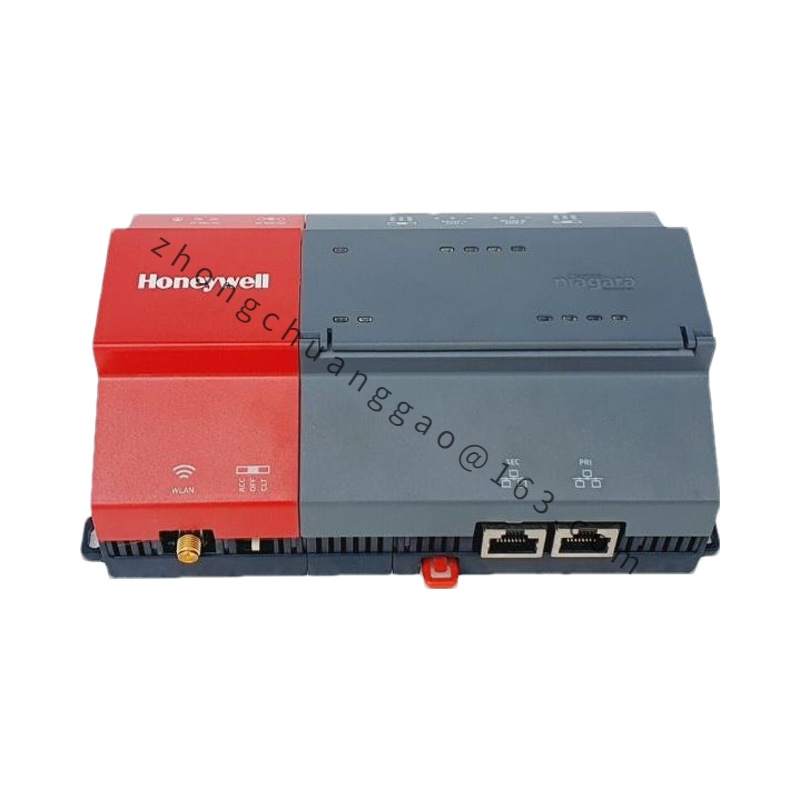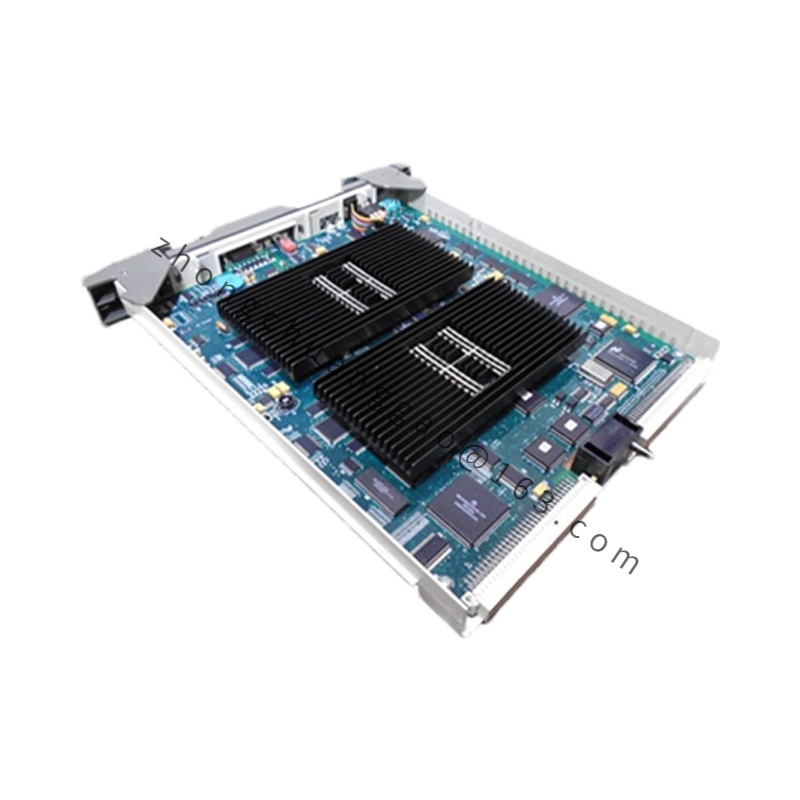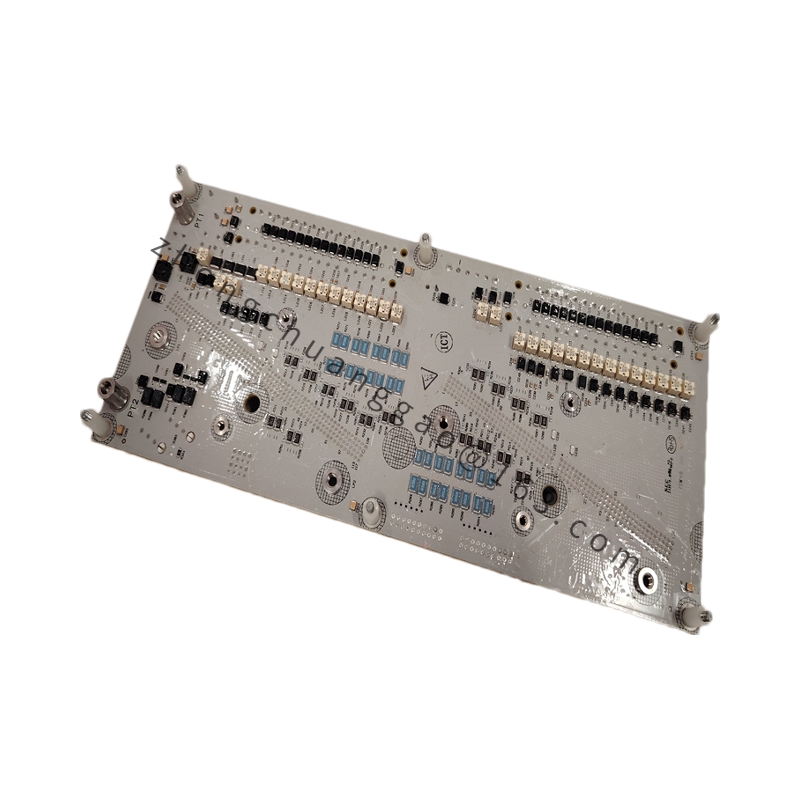Detailed content
Technical Specifications:
- Type: Control Module / Interface Module
- Model Number: CC-IP0101
- Function: Provides communication and interface capabilities within control systems, typically for connecting field devices to the control system.
- Input/Output:
- Inputs: May include various types of inputs (digital, analog) depending on the specific configuration and model.
- Outputs: Includes outputs for control and signaling purposes (specific output types and quantities should be confirmed in the datasheet).
- Communication Protocols: Supports various industry-standard communication protocols to facilitate integration with other systems:
- Ethernet/IP
- Modbus TCP
- Other protocols may be supported depending on configuration (check datasheet for exact protocols).
- Power Supply: Typically operates on 24V DC (confirm the exact power requirements in the datasheet).
- Temperature Range: Designed to operate in standard industrial environments, usually within -10°C to 60°C.
- Mounting: Generally designed for DIN rail mounting or panel mounting.
Features:
- Communication Interface: Provides robust communication capabilities for integrating various field devices and control systems.
- High Reliability: Built for high reliability in industrial settings, ensuring stable operation and minimal downtime.
- Flexible Integration: Supports multiple communication protocols, allowing for easy integration into existing systems and enhancing interoperability.
- User-Friendly: Features tools and interfaces for straightforward configuration, setup, and diagnostics.
- Built-In Diagnostics: Equipped with diagnostic tools to assist with troubleshooting and system maintenance.
Applications:
- Industrial Automation: Used in industrial control systems for connecting and managing field devices, ensuring effective communication between devices and control systems.
- Manufacturing: Applied in manufacturing environments to facilitate communication between various process control devices and systems.
- Building Automation: Integrates into building management systems to connect different building systems and optimize building operations.
- Energy Management: Used in energy management systems to connect and manage devices related to energy monitoring and control.



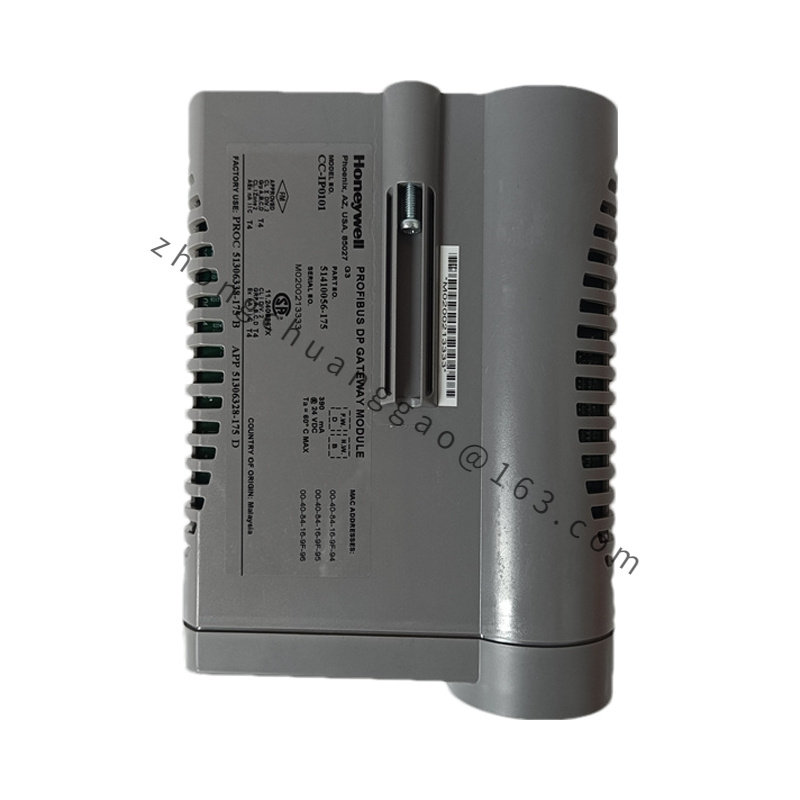
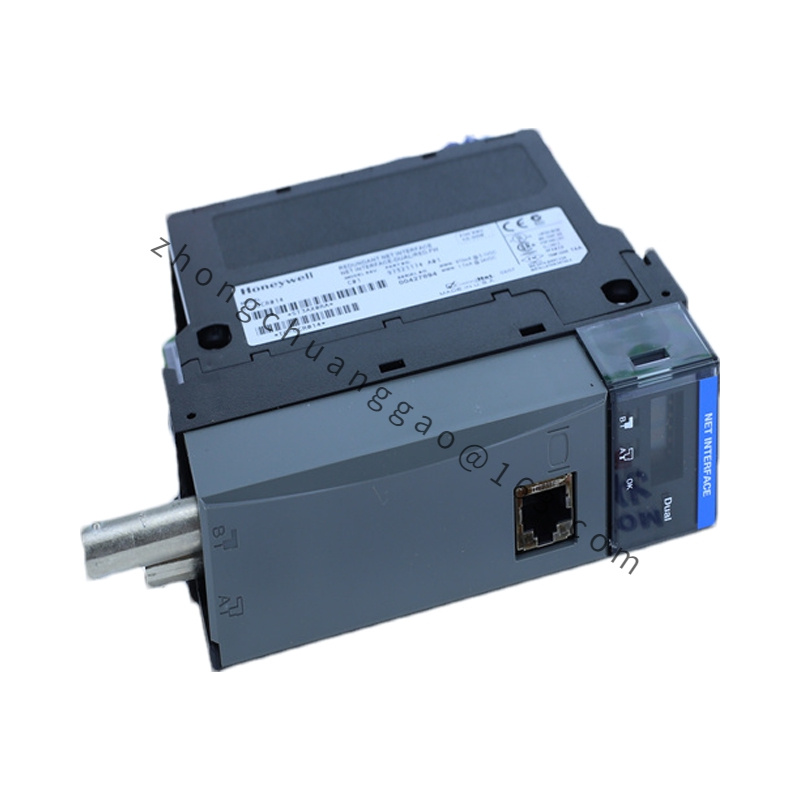
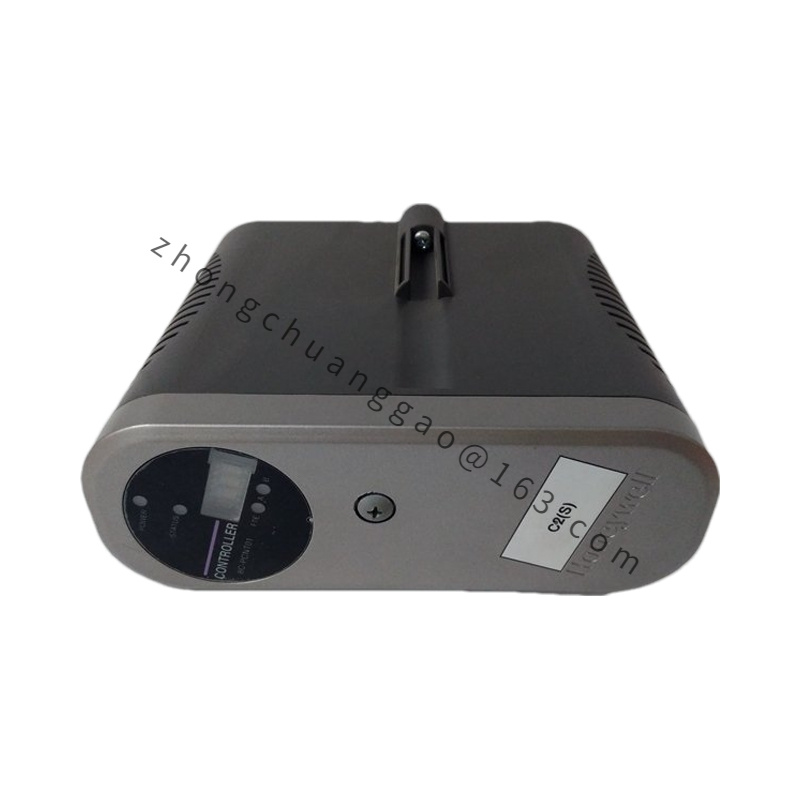
.jpg)
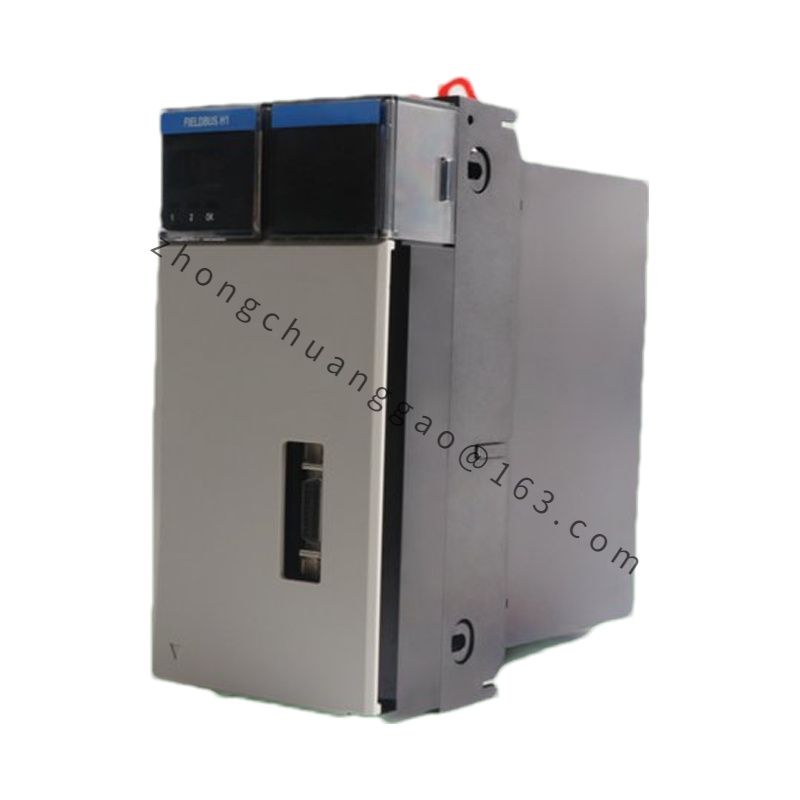
.jpg)
.jpg)
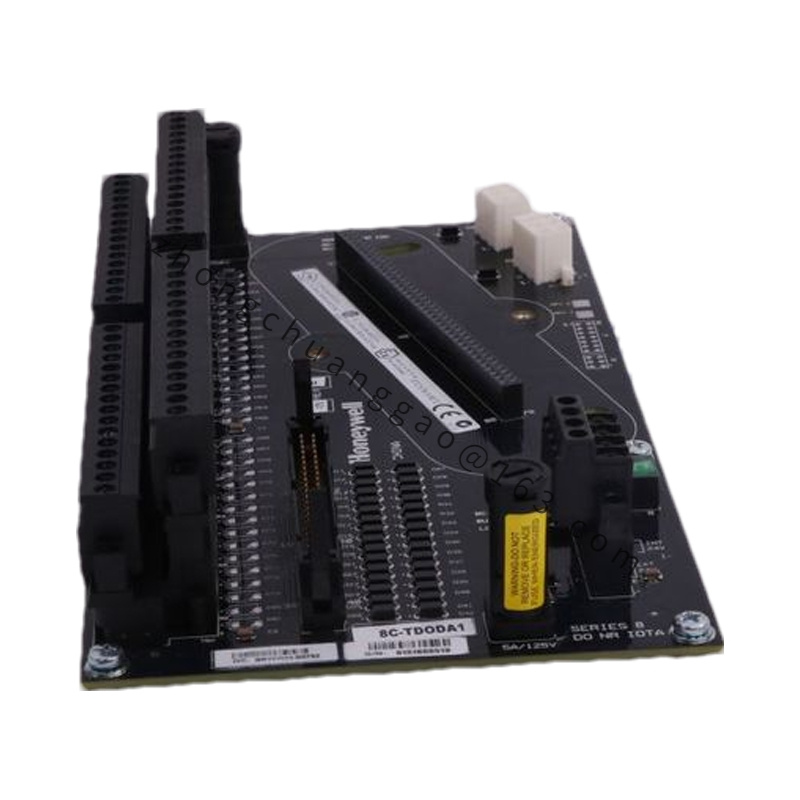
.jpg)
